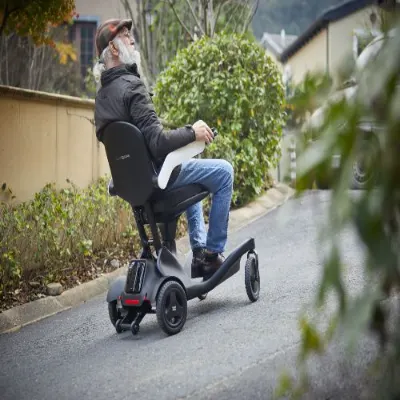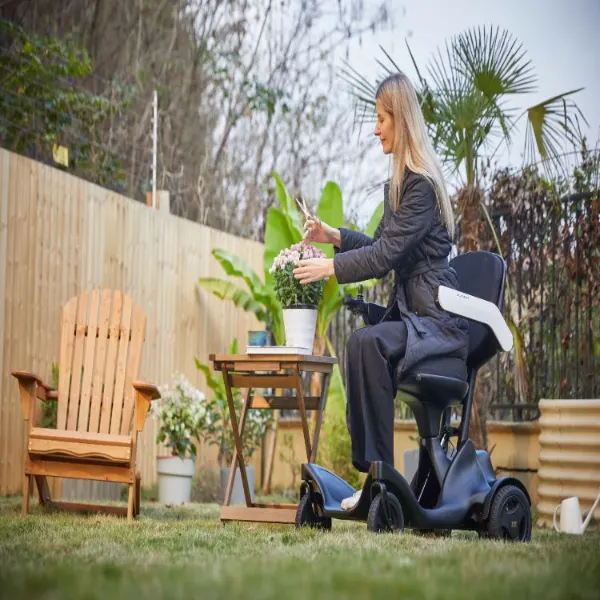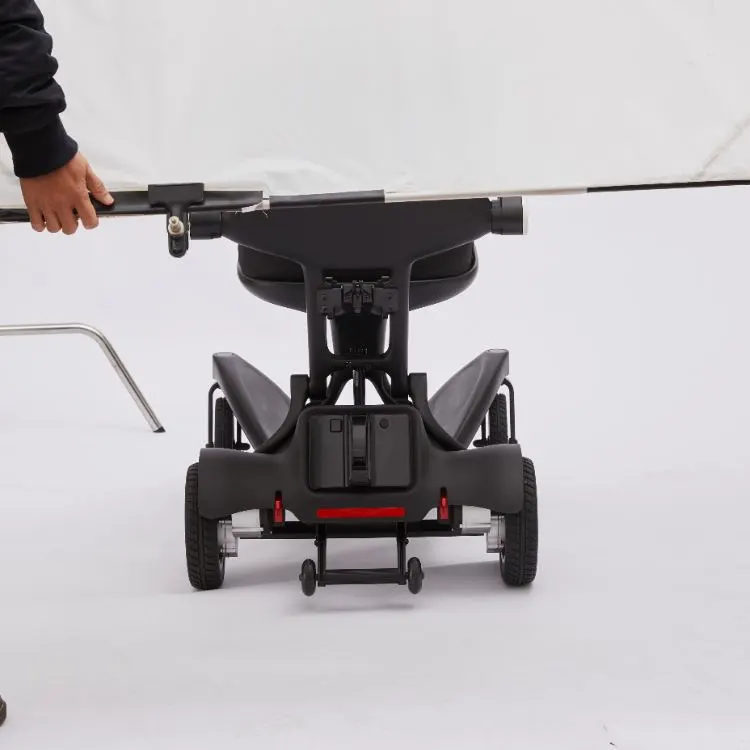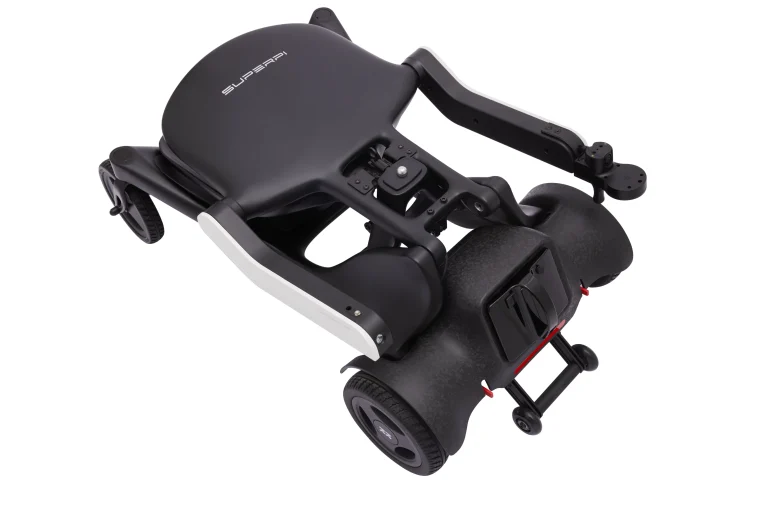Limited Mobility Can’t Stop You from Exercising
You don’t need to be totally mobile in order to get the exercise dividends to your health. If illness, disability, injury, or being over-weight has limited mobility, there’s no need to worry — you can still gain so much else from exercise. You can employ exercise to maintain good spirits, relieve stress and depression, calm anxiety, promote self-esteem, and improve your general attitude to life. Releasing endorphins as a consequence of physical activity is one of the contributing factors to the feeling good phenomenon. Exercise is so strong on the mood that it can be used to cure mild and moderate depression, and even while taking antidepressant medication.

No matter whether you are an older person who is frail with age, or simply someone who is recovering from sickness or injury, or who has chronic disease, exercise remains one of the most valuable tools at your command to maintain independence and quality of life.
What Types of Exercise Can You Do with Limited Mobility?
Any exercise is good for your health. Even with less movement, you can try three main kinds of activities:
Cardiovascular Exercises
These include walking, running, biking, dancing, tennis, swimming, water aerobics, or aquajogging. If you have big limits or use a wheelchair, chair aerobics or arm cycling machines are awesome picks. They work really well.
Strength Training
Strength exercises use weights or resistance to build muscle and bone. Work on your arms if your legs are tough to move. Or focus on legs if your arms are weak.
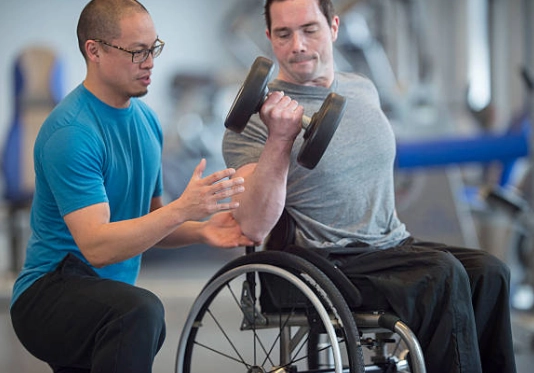
Flexibility Exercises:
Flexibility exercises enhance your joint ease of movement, prevent injury, and reduce pain and stiffness. Chair yoga and seated tai chi are ideal to increase flexibility without full mobility.
Setting yourself up for exercise success
To effectively exercise with limited mobility, illness, or obesity, start with getting medical clearance. Consult a doctor or physical therapist as to what exercise is most suitable for your condition.
Start slowly with realistic goals. Reaching even the smallest of milestones of fitness will boost body confidence and avoid discouragement.
Get into a routine—exercise at the same time of day every day—and mix up activities to avoid boredom. Stick with it. It takes a month before a new activity becomes an automatic habit.
Safety first. Don’t exercise if you hurt, are in pain, feeling sick to your stomach, lightheaded., and warm up and cool down every time. Proper hydration and dressing also enter the picture in safe exercise.
Add to the utmost payoff—physical and emotional—mindfulness. Through the actual attention to the way your body feels as you exercise,you’ll not only improve physically quicker, but might even gain more payoff to mood and sense of overall well-being.
Overcoming mental and emotional barriers to exercise
Mental handicaps are harder than physical ones. It’s simple for people to be shy about their handicap.and not have to work out or exercise in public.
If you do tend to be shy: You don’t necessarily have to do it at a public center.There are also several inexpensive ways to exercise at home in private.
If fear of injury keeps you from exercising: Choose low-risk exercise such as walking or chair exercises.
No motivation? Get an accountability buddy or group classes tailored for those with similar restrictions.
If coordination is an issue: Choose exercise with minimal or no skill involved.
And if traditional exercise bores you: Exergame—video games that simulate sports such as bowling or boxing—are wonderful wheelchair exercises for older adults.
How to Exercise with an Injury or Disability
The U.S. Department of Health and Human Services says adults with disabilities should aim for 150 minutes a week of medium-effort cardio. If that’s too hard, do what you can often.
If your upper body is injured, try leg-focused cardio like stationary biking. If your lower body is limited, use arm cycling or swim with float aids.
For strength training, use lighter weights if needed but keep doing it regularly. Isometric exercises—pushing against still objects without moving joints—are good when moving joints hurts.
Electro muscle stimulation can help blood flow but needs a professional’s help.
How to Exercise in a Chair or Wheelchair
Chair-based workouts offer big perks, like better posture and fewer pressure sores. They’re especially great for seniors wanting safe wheelchair exercises.
Try chair aerobics or fast resistance band movements under the chair for cardio. Use hand weights for air-punching moves. Some gyms have arm-bicycling machines. At home, portable pedal machines work on tables.
Strength training includes dumbbell curls or resistance band pull-downs, all while seated. Try for 2–3 sets of 8–12 reps per muscle group.
Stretching during the day helps with tightness from sitting a lot. Seated yoga poses boost flexibility without needing to stand. Chair yoga is perfect if you have a disability. Seated tai chi exercises can also be done in a chair.
How to Exercise if You’re Overweight or Have Diabetes
Exercise is really important for managing obesity and type 2 diabetes. It can keep blood sugar steady and slow nerve damage.
Start with more daily movement, like gardening or walking while talking on the phone. Small efforts add up to big activity over time.
For cardio, try weight-bearing activities like dancing if your joints are okay. Otherwise, go for non-weight-bearing options like swimming or chair workouts.
A portable pedal exerciser is a simple tool. Use it while sitting in a cozy chair at home, even while watching TV.
Strength training with an exercise ball might feel better than benches. Ask a trainer for help with correct form. Gentle yoga boosts flexibility and cuts stress, which helps with diabetes.
Join SUPERPI as an Authorized Electric Wheelchair Distributor
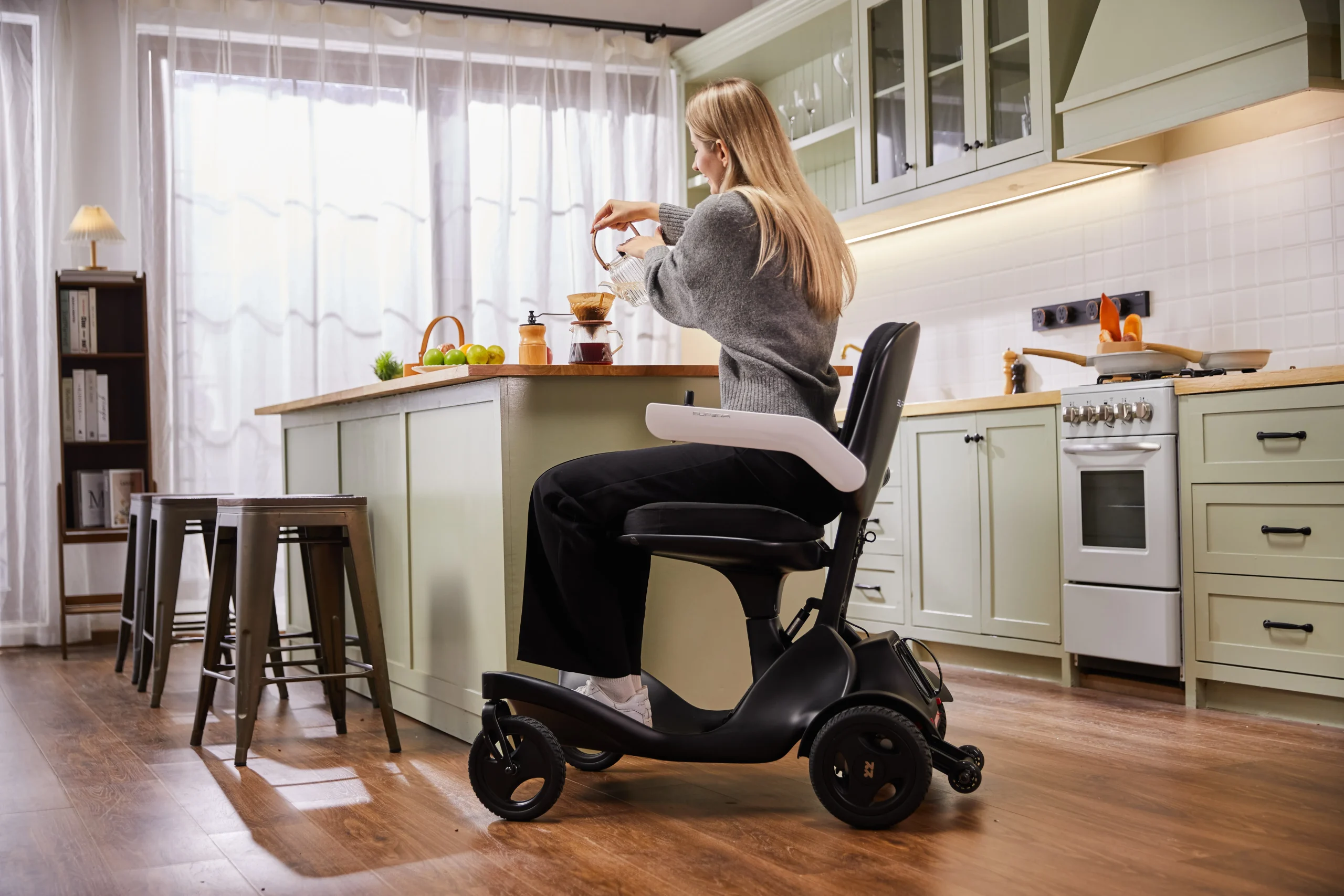
Super Pi Robot started in July 2022. It makes smart devices for older people. With more need for inclusive mobility, SUPERPI’s lightweight electric wheelchairs mix innovation and necessity.
De Model P2 weighs only 20.5kg. It’s great for travel and works well with dual 250W brushless motors that climb slopes up to 12 degrees.
Distributors get lots of support, like marketing materials, spare parts help, technical training videos for setup and repairs, and great after-sales service. This includes 24/7 customer support and two-year warranties (not including consumables).
To qualify, you need a store in a related field, a strong business record, good sales skills, and financial strength. Contact SUPERPI today for partnership opportunities that help communities stay independent.
FAQ
What types of wheelchair exercises are best for seniors?
Chair aerobics with light weights or resistance bands, plus seated yoga stretches, are awesome. They improve heart health and flexibility safely for seniors.
Can I do strength training if I’m in a wheelchair?
Yes. Many upper body exercises work from a seated position with dumbbells. Resistance bands tied securely give more options without needing a gym.
What’s special about SUPERPI’s electric wheelchairs?
SUPERPI uses aviation-grade carbon fiber for light designs. They have easy controls, comfy shock-absorbing seats, long battery life, and easy storage. These are perfect for active lives with mobility challenges.

